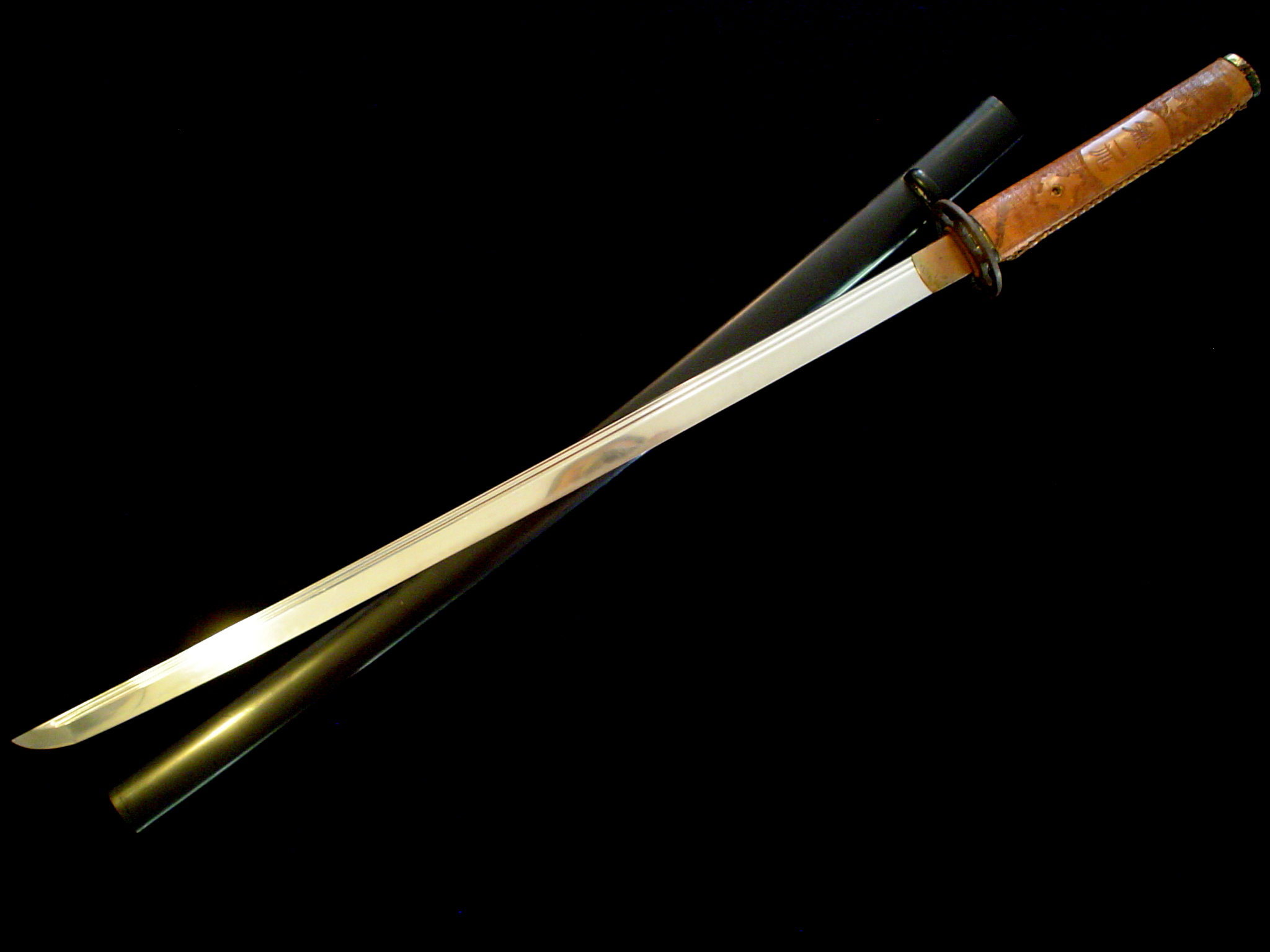Samurai Steel Mastery – The Art and Precision of Japanese Sword smiths
The art of Japanese swordsmithing, known as Samurai Steel Mastery, stands as a testament to the exquisite craftsmanship and precision of ancient Japanese swordsmiths. Dating back to the early centuries, these master artisans devoted their lives to the meticulous creation of katana, wakizashi, and tanto swords, each a manifestation of cultural heritage and martial prowess. The process of crafting these iconic weapons involved a delicate dance of fire, metal, and skill, resulting in blades renowned for their sharpness, strength, and unparalleled beauty. At the heart of Samurai Steel Mastery lies the traditional method of forging, a process that demands both technical expertise and spiritual discipline. Swordsmiths would carefully select the raw materials, typically tamahagane, a special kind of iron sand, and smelt them in a tatara furnace. The temperature of the fire, the timing of each fold, and the repeated hammering were all crucial elements in shaping the blade’s unique character.

With each fold, impurities were removed, and the carbon content was carefully controlled, contributing to the legendary sharpness and resilience of Japanese swords. The shaping of the blade was followed by the meticulous process of polishing, a task performed with the utmost precision. Master polishers, often different artisans from the swordsmiths themselves, would spend hours refining the surface of the blade to reveal its inherent beauty. The final result was not merely a weapon but a work of art, with a hamon temper line that danced along the edge, showcasing the differential hardening achieved during the forging process. The polishers played a crucial role in bringing out the natural grain pattern of the steel, known as hada, further enhancing the aesthetic appeal of the japanese sword. The mastery of Japanese swordsmithing extended beyond the physical aspects of blade creation; it also embraced the spiritual and philosophical dimensions.
Swordsmiths were often considered as much philosophers as they were artisans. The concept of mei, the inscription on the tang of the sword, became a powerful expression of the smith’s identity, capturing their spirit and the essence of the sword itself. The harmony between the physical and metaphysical aspects of sword making was deeply ingrained in the philosophy of the samurai, for whom the katana was not just a weapon but an extension of their soul. The legacy of Samurai Steel Mastery endures, as these swords continue to captivate enthusiasts and collectors worldwide. The meticulous craftsmanship, the spiritual depth, and the cultural significance embedded in each blade make Japanese swordsmithing an unparalleled art form. In an age where mass production dominates, the timeless tradition of Samurai Steel Mastery stands as a symbol of the enduring value of craftsmanship and the profound connection between the artisan and their creation.